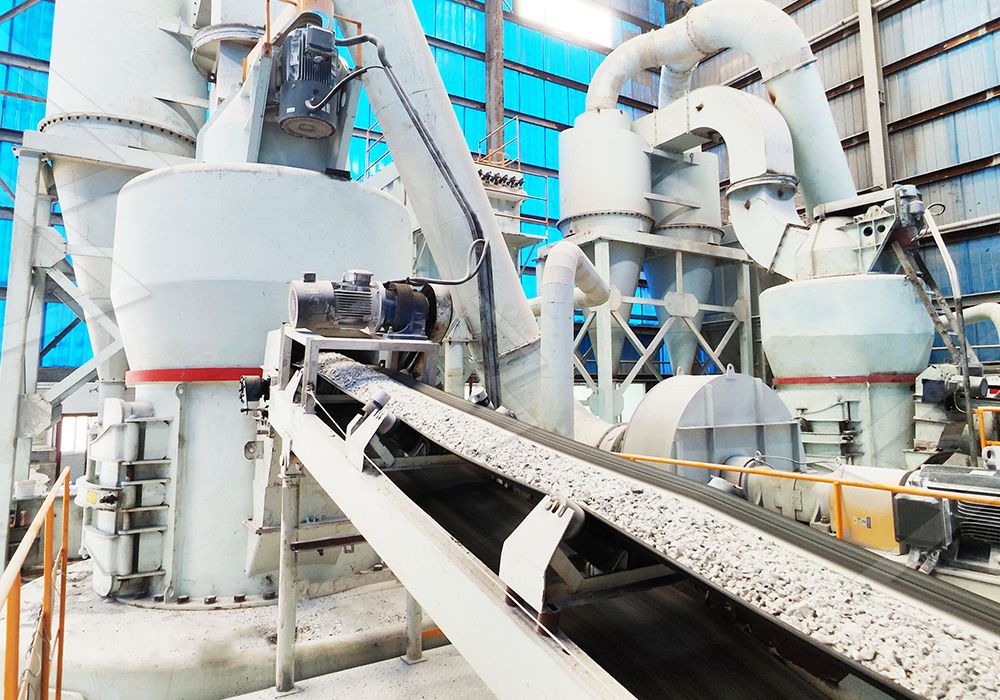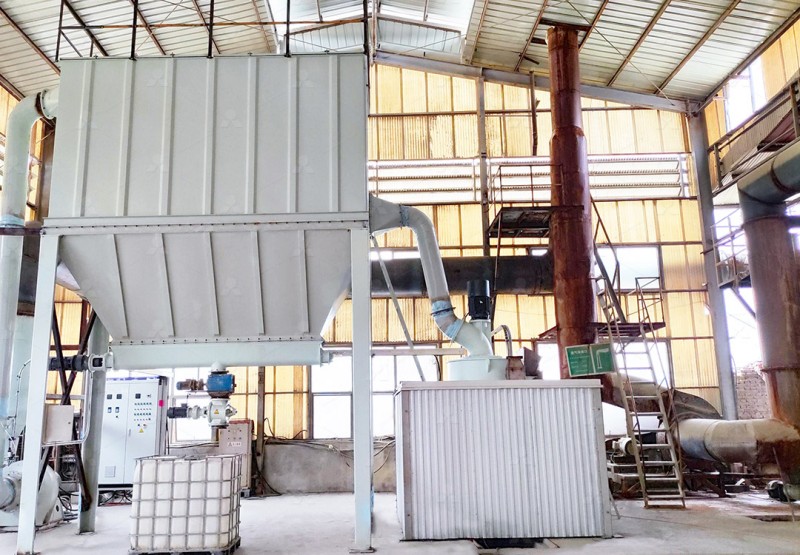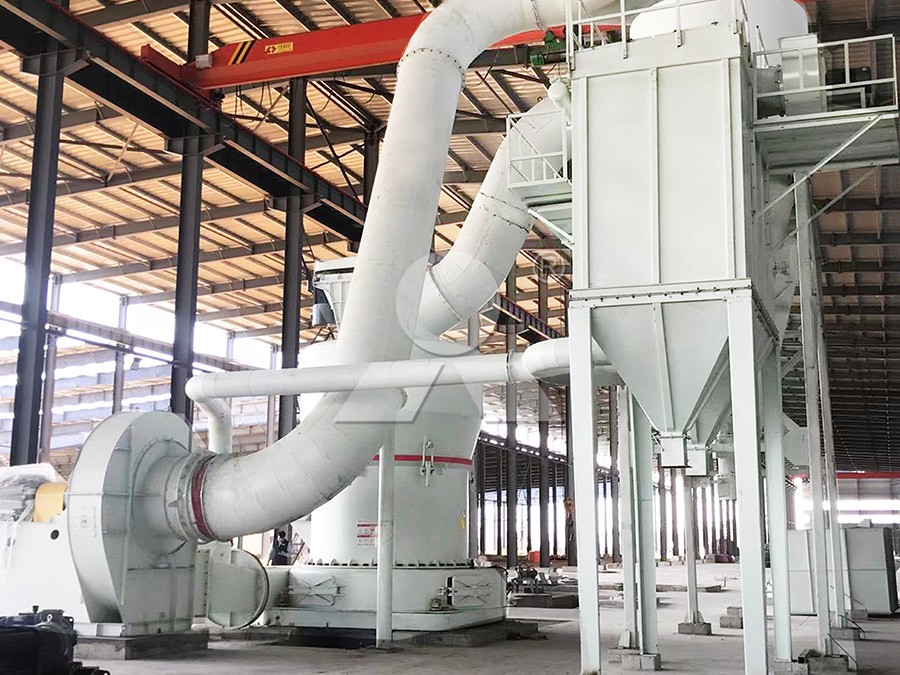Cost of Posho Mill in Kenya: Prices for Electric and Diesel Models
Understanding the Posho Mill Market in Kenya
For many Kenyan entrepreneurs and farmers, a posho mill is not just a piece of machinery; it’s a vital business asset. The cost is a primary concern, and it varies significantly based on the power source, capacity, and technology. Generally, you’ll find two main types: diesel-powered and electric-powered models.

Diesel vs. Electric: A Cost and Operational Breakdown
Diesel Models: These are the workhorses in areas with unreliable or no grid electricity. The initial purchase price for a good quality diesel posho mill can range from KES 150,000 to over KES 400,000. The major advantage is independence from the power grid, making them ideal for remote locations. However, operational costs are a constant factor due to the price of diesel fuel and regular engine maintenance.
Electric Models: For those with stable access to electricity, electric posho mills offer a cleaner and often quieter operation. The upfront cost for an electric model might be slightly lower than a comparable diesel unit, often between KES 130,000 and KES 350,000. Their running costs are typically lower, tied directly to the cost of grid or solar power, and they require less mechanical maintenance than diesel engines.
Beyond Basic Milling: The Need for Advanced Grinding Solutions
While traditional posho mills are perfect for producing flour for ugali, there’s a growing market for ultra-fine powders used in various industries like cosmetics, pharmaceuticals, and high-end food processing. This is where standard posho mills reach their limit.

For businesses looking to diversify and tap into this lucrative value-added market, investing in an advanced grinding system is key. This is where our MW Ultrafine Grinding Mill stands out. It’s engineered for customers who need to make ultra-fine powder from materials like limestone, calcite, dolomite, and talc. With an input size of 0-20 mm and a capacity ranging from 0.5 to 25 tons per hour, it’s a versatile piece of equipment. It’s equipped with an efficient pulse dust collector and muffler, making the entire production process cleaner and quieter, which is a significant advantage for community-friendly operations.
Key Features of the MW Ultrafine Grinding Mill:
- Higher Yielding, Lower Energy Consumption: Offers 40% higher capacity than jet mills with system energy consumption only 30% of them.
- Adjustable Fineness: Achieve precise powder separation with a fineness range between 325-2500 meshes.
- Eco-Friendly Operation: The pulse dust collector ensures no dust pollution, meeting national environmental standards.
Another excellent option from our lineup for finer, vertical grinding applications is the LUM Ultrafine Vertical Grinding Mill. It integrates grinding, grading, and transporting, and is perfect for superfine dry powder of non-metal ores. It’s known for its higher yielding rate, better product quality, and energy-saving multi-head powder separating technology, reducing energy consumption by 30%-50%. Its reversible structure also makes maintenance surprisingly easy.

Making the Right Investment
Choosing between a diesel or electric posho mill depends on your location, budget, and business model. For most rural settings, a diesel model’s independence is invaluable. For urban or peri-urban areas with good infrastructure, an electric model’s lower running costs are attractive.
However, if your ambition is to move beyond basic meal production and into specialized, high-value powder markets, then considering an advanced system like our MW or LUM mills is a strategic move. While the initial investment is higher, the return on investment through access to new markets and premium products can be substantial. Always consider not just the purchase price, but also the long-term operational, maintenance, and potential revenue costs when making your decision.
